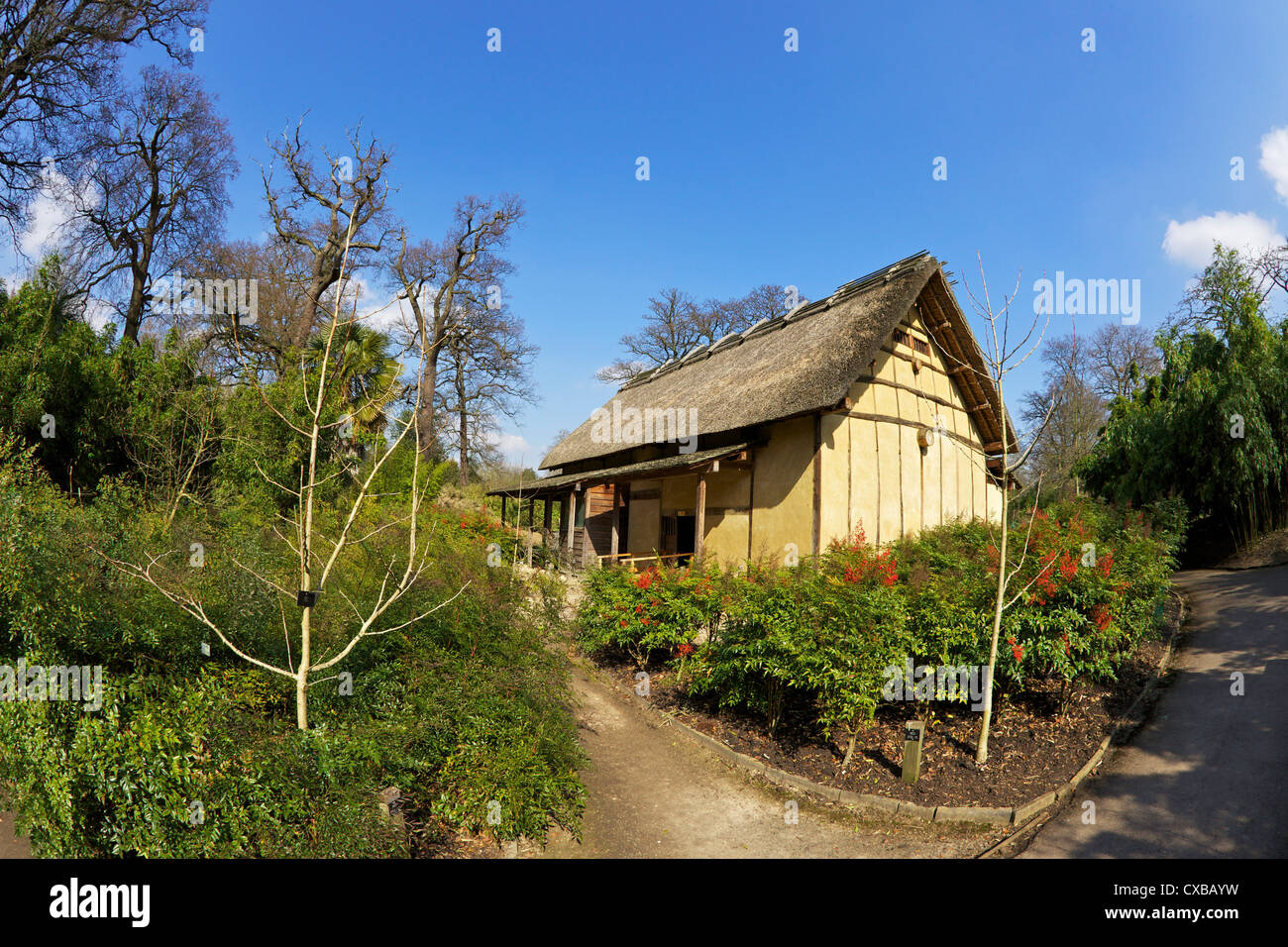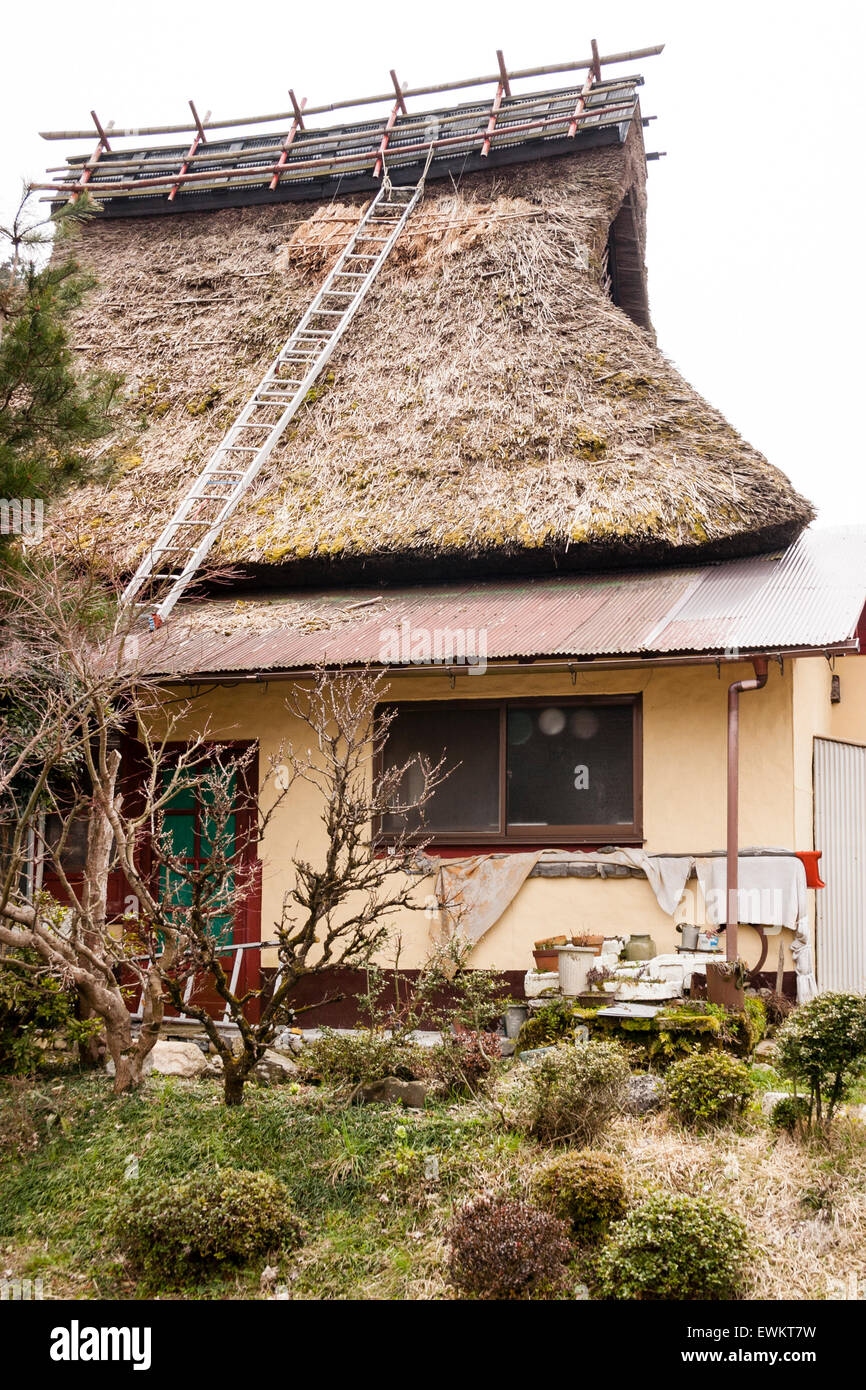Table Of Content

Unlike many common living spaces in the west, traditional Japanese housing takes a slightly different approach. Not only does the design of a traditional Minka take into consideration the genuine charm but also the functionality of everyday life, but now and for future reconstruction. Ordinary people weren’t allowed, or couldn’t afford to live in those houses. They instead lived in plain, smaller, less expensive, and more than anything else, a lot more functional houses.
The Primary Purpose of Minka Design
Many people sleep in beds, but traditional futons are still popular. A 2013 survey by Nifty found that 50% of respondents slept on futons laid out on tatami mats. During the daytime, futons can be stored in cupboards, making more space available in rooms. It is common to hang them outside to air on sunny days, making them fluffy and comfortable to doze on.
DEA’s big marijuana shift could be a lifeline for California’s troubled pot industry
Because the provide effective security while allowing air and light to pass through, renji are used for sliding doors as well as windows. The lattice windows seen in the white plaster second-storey walls of Kyōto’s traditional machi-ya houses are known as mushiko-kabe. The tatami mat is one of the most essential features in a traditional Japanese house.
Guide to the Traditional Japanese House
This highly common floor is not only for comfort but also for design. Most importantly, they promote Japanese traditions like sitting “seiza”, praying, and sleeping on the floor. As you’ll see on the majority of Minka’s, a fully functional, wrap-around hallway of sorts. Not only constructed for the enjoyment and protection from the outdoor elements, but also used in a more traditional sense as a divider between the exterior and interior of the Shoji.
Airlines will now be required to give automatic refunds for canceled and delayed flights
Before delving into varying floor plans, it’s critical to understand the importance of tatami mats in a Japanese home. Minka are traditional Japanese residences constructed in a range of styles to suit their various geographical locations and the lifestyles of their inhabitants. Made from natural materials and built to last, these substantial buildings and the know-how that went into their construction have stood the test of time, withstanding ferocious storms and even earthquakes.
Natural Soundproofing
This ceremonial outer gate is in the shape of a warrior’s helmet, and is roofed over with ceramic tiles. Such gates were symbolic of the status and sophistication of the owner. Traditional Japanese housing is one of the most unique architectural pieces of art that there is.

Home of the Week: A 19th-Century Brooklyn Townhouse That’s Updated for the 21st Century
When you think of a traditional Japanese house, you likely picture the embodiment of authentic Japanese architecture typically seen in the movies. Minka are generally treated as historic landmarks, and many have been designated for preservation by municipalities or the national government. Minka are characterized by their basic structure, their roof structure, and their roof shape.
Traditional Japanese homes are the focus of weekend-long Minka Summit - The Japan Times
Traditional Japanese homes are the focus of weekend-long Minka Summit.
Posted: Mon, 17 Apr 2023 07:00:00 GMT [source]
The difference between Minshuku and Ryokan is that the Ryokan can be in either modern or old structures while Minshuku tends to be in older structures. Minshuku are typically a bit smaller and managed by a local family and the rooms are somewhat more basic and the service is less formal. Illustrator Yuriko Aso’s drawings for this article were modelled on the Kobayashi Family Residence, an old farmhouse on display in Kawagoe-dō Ryokuchi Kominka-en, a tract of green space in Tokyo’s Tachikawa City.
In the living room, you’ll find a suspended mantle fireplace, exposed beams, a wood ceiling and a Shoji screen that offers up views of the front courtyard. Nearby is a chef’s kitchen, formal dining room, wine cellar and a tasting room. Taking cues from the time period and location in which it was built, the lounge has a sunken bar and Capiz light fixtures that exude Old Hollywood glamor. Tadao Ando embraces the sensibility of shoji as traditional architecture element from Minka Architecture as one of his adaptation from Japanese tradition. His incorporation of Minka Architecture essence is the “Japanese outlook on life characterized by the rejection of the superflous”. This is illustrated in his design, as we can see, by the use of concrete and glass.
The traditional minka farm houses line the Shogawa River Valley in the picturesque mountains that span Gifu and Toyama prefectures. The historic area was declared a UNESCO world heritage site in 1995 and is a wonderful place to visit when in Japan. Typical examples of Japanese architecture are wooden structures slightly elevated from the ground with either tiled or thatched roofing. Thin sliding doors were used instead of walls to adapt the interior space for different occasions. People would usually sit on the floor or on cushions; chairs and tables were not commonly used until the 20th century’s Western influence. Minka, the traditional farmhouses of Japan, represent a wonderful but fast disappearing Japanese architectural style.
The tokonoma originated in the Muromachi Period (1336 – 1573), when the lord of the house would sit in a separate section of the room with a raised floor when receiving his vassals. Even nowadays, the highest-ranking seating positions in a reception room are those closest to the tokonoma. The kamiza or “seat of honour” is to sit facing the room with one’s back to the tokonoma, just like the lord and master of centuries gone by. The engawa is an open, timber-floored corridor or veranda constructed around the outside of the house.

The lifestyles of Japanese people have greatly changed since the Second World War, especially as a result of the ensuing period of rapid economic growth. Minka parks where minka were transferred to and restored were constructed in many places in order to pass traditional Japanese culture down the generations. Old minka are preserved and open to the public as materials to study history.
He also uses simple geometric shapes in his designs, that creates minimalist appeal, as a nod to his philosophy on Minka Architecture — to emphasize the emptiness of space to highlight the beauty of simple things. Not only these two types, there are many other types of Minka Houses in various prefectures in Japan which architectural elements are modified according to the natural conditions in their respective regions. In northern Japan, for example in Gokoyama, the shape of Minka House adapts to longer winters. Machiya Houses there has an A-frame roof shape or what is known as gabled kirizuma (切妻) with shingles or tiles and Nōka Houses usually uses yosemune (寄せ棟), a roof that slopes down on its four sides, made of straws. With the steep roof ridge design and the use of straw material, the room in the house becomes warmer.
Traditional Japanese housing, or Minka’s, has deep roots in Japanese history and culture, but also provides a means of art, architecture, and design. Lastly, it provides functional and practical living spaces for those who choose to live in them. A uniquely constructed Minka typically involves the use of Wagoya; a method of carpentry performed without the use of nails.
After removal, shoes are put in the getabako—a cabinet that derives its name from geta, or wooden clogs, that Japanese people once commonly wore. Gassho- zukuri, or “constructed like hands in prayer,” is characterized by vast roofs. They were constructed with steep, thatched roofs that resembled Buddhist monks’ hands pressed together when in prayer.
Kinoshita just rebuilt a 200-year-old minka on a Hawaiian hillside for an American family who had lived in Japan. “Minka are on the verge of extinction at the beginning of the 21st century,” said professor Ando, a leader in the preservation movement. Minka are so rare that a village of towering farmhouses in remote Gifu was named a UNESCO World Heritage Site in 1995 and now attracts 1 million visitors a year. “I thought I’d have to break it down in my lifetime,” said the soft-spoken Konno as he took a last walk through its naked posts and beams.

No comments:
Post a Comment